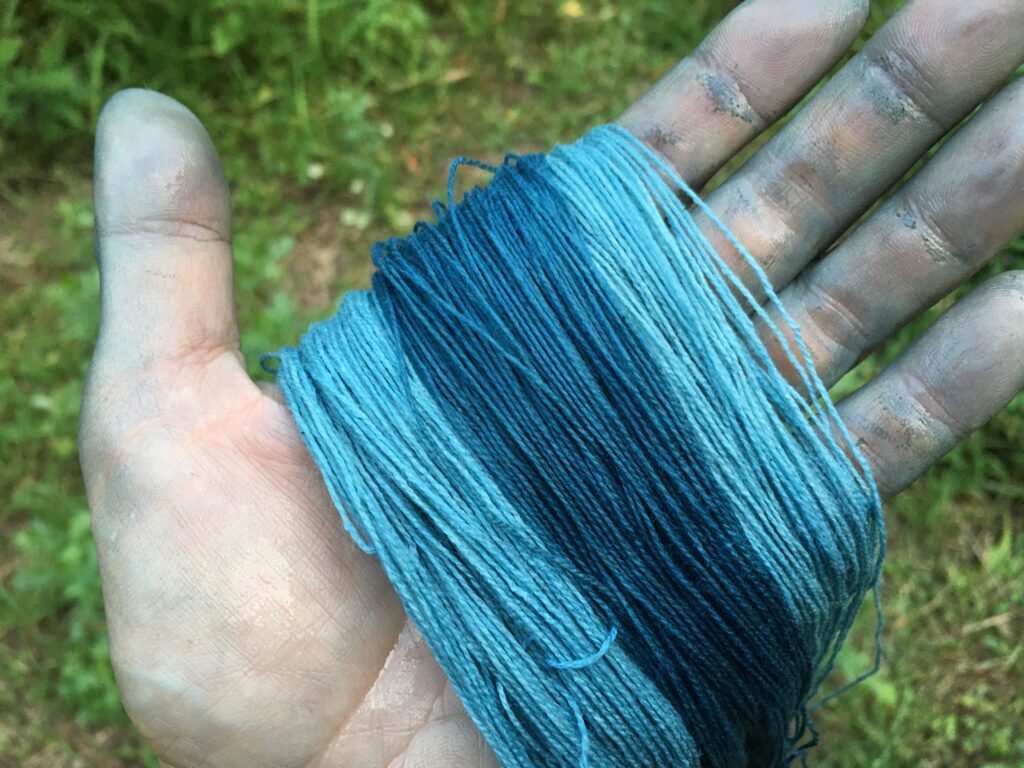
I met up with an old friend Marta, who worked as color specialist in car and fashion industries. She mentioned me about the time she worked in one of the fast fashion house as color person, and how they can not know how the color is made in the factories. When they make the order to the factories in oversea, they order with the Panton color chart numbers. Few weeks later, they get the exact color textiles, for example yellow pair of socks… but they do not know which pigments are used to make that color. Often it is made by few factories, and although they “look” the same, it may not be the same chemical used to make that particular color. The fashion house makes random sample test: take few item from the batch and send it to chemical test to see if there are any toxic chemical in it. Sometimes, they find chemical traces that are not allowed in Europe in these samples and they recall these products. But as they do not test all the products and each factories are using different chemical to get colors, it is not hard to imagine there are a lot of garments that goes to consumers that contain toxic colors without a test.
If you think about it, the garments we buy has a tag that state what it is made of: such as cotton 70% viscose 20%, acrylic 10% … so on. But there are no indication of how these materials are colored and what chemicals are involved in these coloring process. And as far as I know, a lot of color/dye/print chemicals could contain toxic materials, such as Formaldehyde, but there are no regulations to indicate in the end product. And not only that it is not indicated, the fashion brand who orders the fabric/garment to the factory does not even have an insights of which chemical is used to obtain the color they specify in the order. It is all about how they look.
It is really surprising to learn that there are no transparency in the color used in the fashion products we buy, although it is something we wear next to our skin 24/7.
We are slowly developing awareness of which fiber our garments are made, if it is natural fiber, if it is organically produced… but the best organic fiber can be dyed in toxic chemical, and there are no ways to know about it. We are not even asking that question: how is it dyed?
Once again, I feel the importance of thinking about how the garments we wear are dyed. And the importance of developing alternatives that give less impact to the environment we live in, produced locally and transparent.